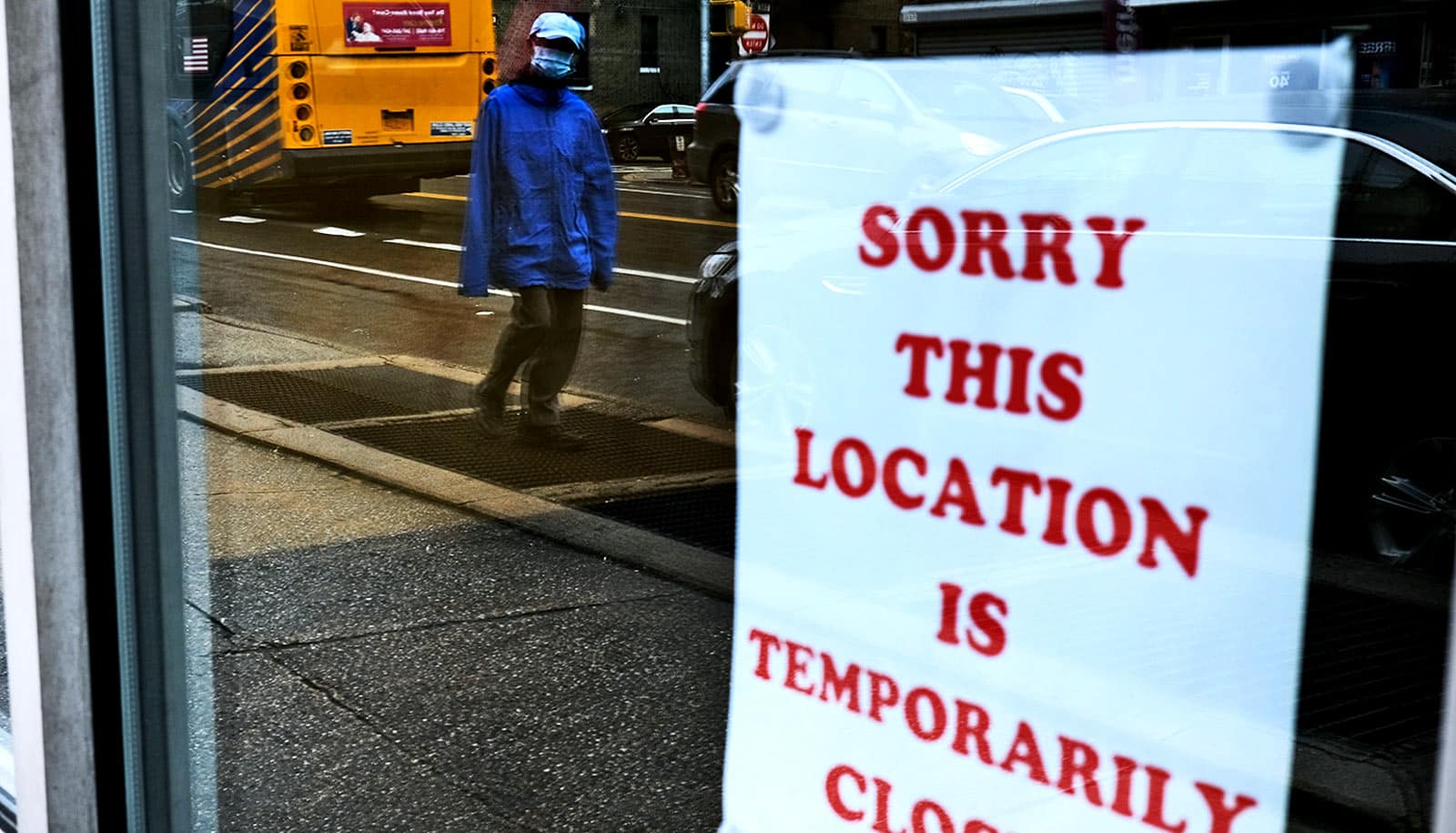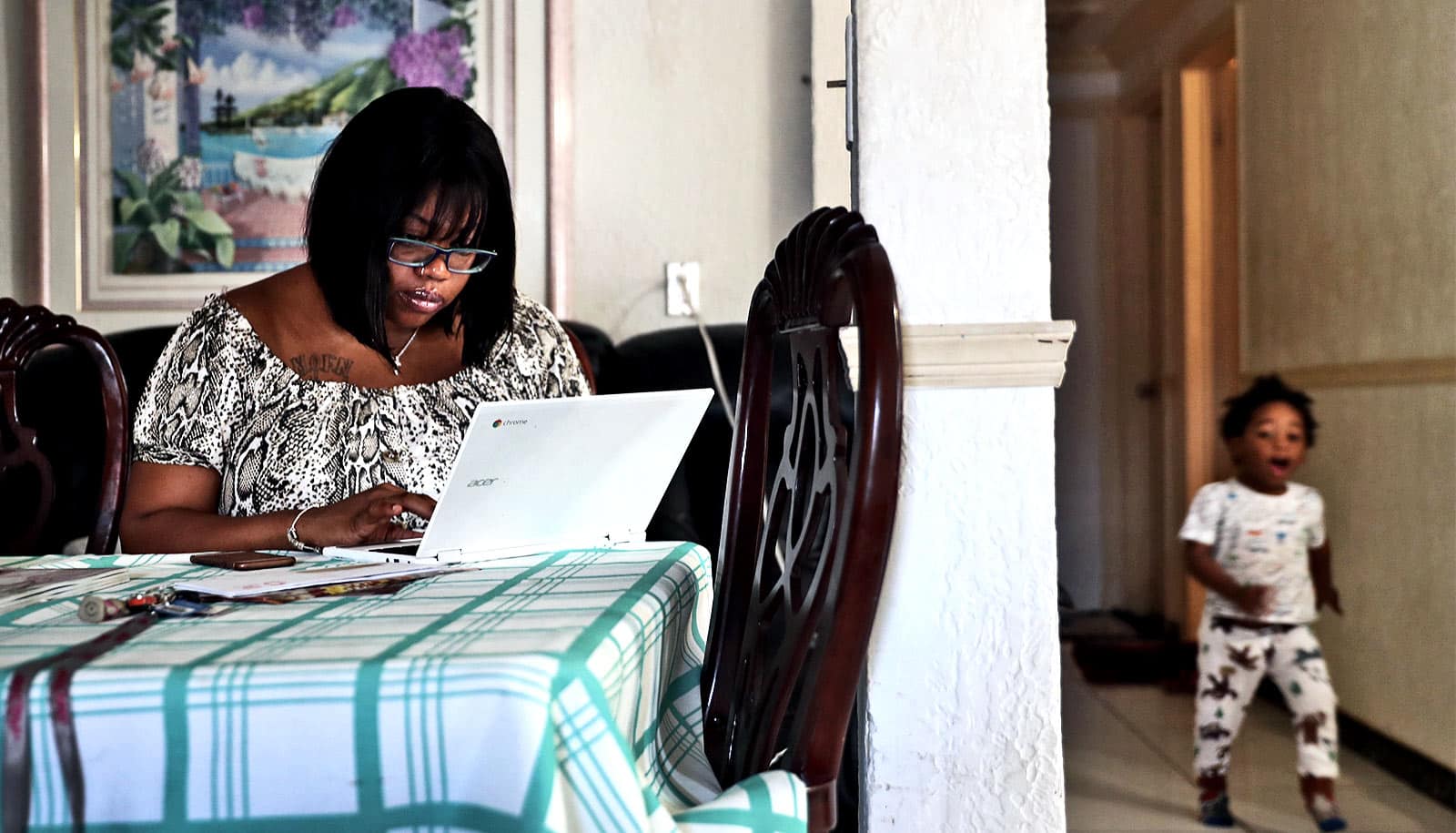The US risks hurting the economy more than helping it if it restarts before mid-June, according to a new study.
The finding provides an answer to one of the most pressing questions facing the country—when should we reopen shuttered businesses?
In the paper on the American Enterprise Institute website, author Anna Scherbina, associate professor of finance at Brandeis University, found that for at least two more months, the economic benefits of controlling the virus and preventing illness and death are greater than the economic cost of closing most nonessential businesses.
Even after we lift the lockdown, or what economists call “suppression,” we must keep in place more moderate measures, such as wearing face masks and limiting public gatherings, until a vaccine or an effective drug or treatment becomes widely available, says Scherbina.
Otherwise, the economic harm from the virus’s spread will be greater than keeping the economy shuttered.
“I was looking for the date when the cost of keeping businesses shut will become greater than the benefit of containing the spread of COVID-19,” Scherbina says. “You have to find the moment when the virus is sufficiently under control that it won’t significantly damage the economy before a vaccine or a treatment becomes available.”
Reopening businesses in a pandemic
Before coming to the Brandeis International Business School in 2019, Scherbina worked for two years as a senior economist at the US Council of Economic Advisers. While there, she cowrote a paper modeling the economic costs and health impact of a theoretical influenza pandemic on the United States.
When Scherbina wrote the paper, some 30,000 Americans had COVID-19. As of last week, the figure stood at 460,000. Scherbina revised her conclusions to include the new data.
She also stresses some assumptions in her model depend on still-unfolding government policies and human behavior, while others may change as we learn more about the virus.
In her analysis, Scherbina compared the economic costs of businesses staying closed, which causes a steep drop in the gross domestic product, with the economic benefits of a lockdown that prevents people from getting sick and dying.
With widespread illness, productivity drops as people skip work to recover or care for their sick relatives. There are also increased medical costs. Policymakers and economists also assign a dollar value to every life, based on a calculation of how much we would be willing to pay to prevent the death.
Optimism vs. pessimism
In determining the mid-June date, Scherbina used a relatively optimistic estimate of how successful we are in limiting the virus’s spread during the lockdown.
Left to spread uncontrollably, the virus has a reproduction rate of 2.4, meaning the typical person would infect an average of 2.4 people over the course of their illness (assuming that no one in the population is immune).
Scherbina’s optimistic scenario assumes that our current containment efforts reduce the reproduction rate to 0.5 by the time the economy reopens.
The pessimistic scenario assumes that the containment efforts are less effective and reduces the virus reproduction rate to 0.7. In that case, the economy will need to stay shut until early August (17 weeks from the second week in April).
Both these estimates assume that “mitigation efforts” will be in place when the lockdown lifts and will largely succeed in slowing the spread of the virus until a vaccine or other treatment is available.
Mitigation efforts include wearing face masks, limiting public gatherings, discouraging flying, encouraging working from home, and offering widespread testing and “contact tracing,” where anyone who has come in contact with someone who is infected is tracked down and notified.
If mitigation efforts fail, the gains from the lockdown will be negated, and we may have to enter another lockdown period, Scherbina says.
“In the absence of a vaccine or an effective treatment, a public health intervention is paramount,” Scherbina says. “This is what we are doing at this time with the lockdown policy of suppression after which we will switch to a mitigation mode until a vaccine or treatment is available.”
Scherbina also calculated the cost to the economy if we made no efforts to control the virus at $9 trillion, a more than 40% drop in the gross domestic product.
“Given this high cost, doing nothing is not an option,” she says.
Source: Brandeis University



